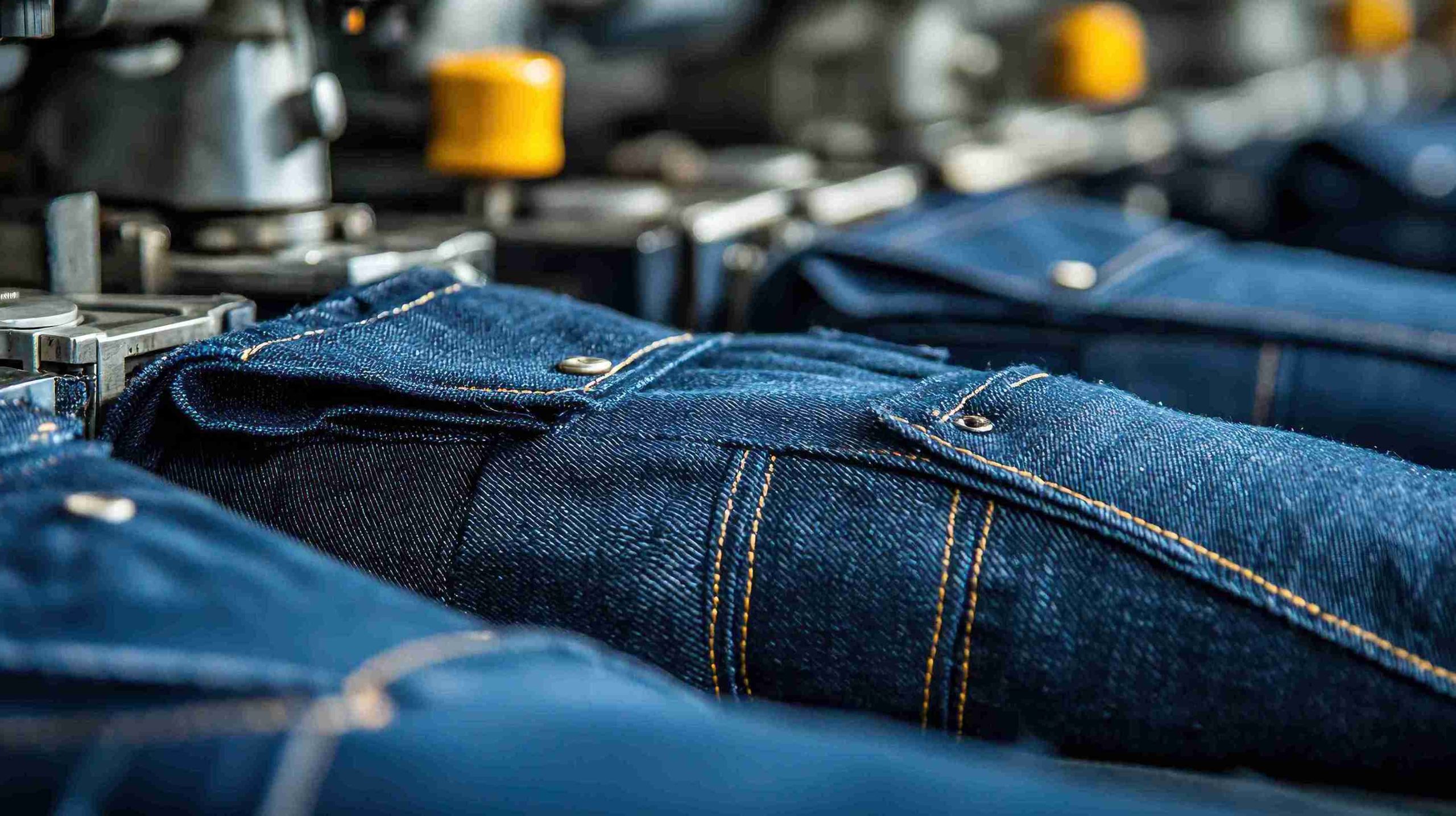In an era where fashion intersects with functionality, everyday items like the men’s polo shirt and the tote bag serve purposes beyond mere aesthetics. They are the representatives of textile science, ergonomic design, and social signaling. Our clothing and our accessories do not only define our own aesthetics, they are the result of sophisticated design considerations in terms of material structure, thermal management, weight distribution, and even sustainability.
From the woven fibers in a polo shirt to the structural seams in a tote bag, small design elements are grounded in material physics and behavioral science. Well, what makes these products meant to be so simple into representations of form, functionality and identity? So, now it is time to look at the science of what we wear and carry.
The Men’s Polo Shirt: Structure, Breathability, and Smart Textiles
The men’s polo shirt that was designed in the early 20 th century to be worn by the tennis and polo players has now become a wardrobe staple that has been described as a hybrid between a casual and formal wear due to its versatility. Its style is not the only reason for its popularity, it is also the product of innovation in materials and logic in structure.
The majority of polo shirts are constructed using knitted pique or jersey material, which has natural stretch and increased air circulation. The cotton or polyester blends that are common will give a soft feel and will aid in moisture-wicking which is particularly important in controlling heat during exercise. Sleeve cuffs and ribbed collars are also used to give the shirt a structure so that it can retain its shape even after washing it several times.
Smart textiles with incorporated microcapsules that release cooling agents or even UV reflective threads to keep the skin safe are among the modern variations of the men’s polo shirt. Others feature antimicrobial treatment or odor resistant coatings to wear all day in work or sports environments.
This is because it is the combination of comfort, durability, and technical improvement that makes the polo shirt a classic in the fashion and functional clothing design.
The Tote Bag: Ergonomics, Capacity, and Sustainability in Design
The tote bag is widely recognized for its versatility, but its design also demonstrates a careful balance between utility, material science, and user behavior. The tote is usually a wide-open top bag with two handles running parallel to each other and through advancements in fabric and design, it has reinvented the tote.
Some of the most popular materials include canvas, cotton, jute and synthetic blends, all selected because of their tensile strength, foldability and washability. The bag is made to last longer with reinforcement stitching on stressful areas, gusseted bottoms, and waterproof linings. To meet more consumer demands, some models have RFID-blocking, magnetic-close, or thermal insulation pockets.
From a design perspective, the tote bag evenly distributes weight across the shoulder, reducing localized strain—a benefit in both fashion and occupational contexts. Its format enables easy access of contents and it is thus most popular in cities and academia.
On the sustainability front, tote bags have become a symbol of reusable culture. Most companies are making them from recycled fibers or organic cotton and they last longer than single-use plastic bags. Be it style or utility; the contemporary tote portrays a meeting of willful design and scientific use.
Material Synergy: Fabric Science Behind Polo Shirts and Tote Bags
Though functionally different, the men’s polo shirt and the tote bag both rely on foundational elements of textile engineering. Their efficiency is based on the combination of fiber composition, weaving techniques and surface treatment.
In men’s polo shirts, cotton-polyester blends offer moisture-wicking capabilities while retaining softness and breathability. The material used, knit (usually pique) generates a surface texture that traps air, helping to maintain body temperature. Treatments like anti-pilling coating or silver ion technology are used to increase these features by preventing bacterial growth.

Meanwhile, tote bags utilize woven fabrics like heavy-duty canvas or ripstop nylon, prized for their high warp and weft strength. Such fabrics are calendered (smooth) or laminated (waterproof), so they are durable but flexible. At other times the material is even pre-treated with polyurethane to provide an extra layer of protection.
The compatibility of the textile material used in the two products denotes the flexibility of fiber science. The two products are designed to be strong and comfortable, and their construction shows how knowledge about the way materials react to stress, humidity, and abrasion can result in maximized daily functionality.
Cultural Psychology: What Our Style Choices Communicate
Fashion does not only serve the purpose of comfortability or looks, but it also serves as a means of communication. Choices like wearing a men’s polo shirt or carrying a tote bag unconsciously convey messages about personal identity, lifestyle, and even values.
A polo shirt that is worn by men has a structured collar and is sporty in nature, it is usually related to business activity and discipline as well as professionalism. It serves as a compromise between casual dressing and strict formality in most corporate or semi formal environments, giving an optical appearance of balance and preparedness.
On the other hand, a tote bag may symbolize practicality, creativity, or eco-consciousness. Its versatile style and casual appearance have popularized the device among students, artists, and professionals as an accessory that focuses on flexibility and self-expression. Custom printing, company brands or plain designs also add to the cultural cue of the bag.
The enclothed cognition psychological studies have revealed that there are certain items of clothing that can affect behavior, self-confidence and even thinking. The coordination of a well-selected polo and a customized tote is not only fashionable but an indication of internal moods and external dreams.
Conclusion:
The men’s polo shirt and the tote bag may appear simple, but behind their everyday use lies a sophisticated blend of design, engineering, and social psychology. Advanced textile formulations, ergonomic principles and sustainability science, are only some of the things that represent how technology and culture influence even the simplest parts of our wardrobe.
By knowing the materials and rationality behind such products, we know more about its purpose, not as mere accessories, but as instruments that compromise comfort, functionality and identity. As science in fashion keeps being stretched further and further by the powers of innovation, what we wear and what we carry with us will continuously be changing with purpose and precision.




